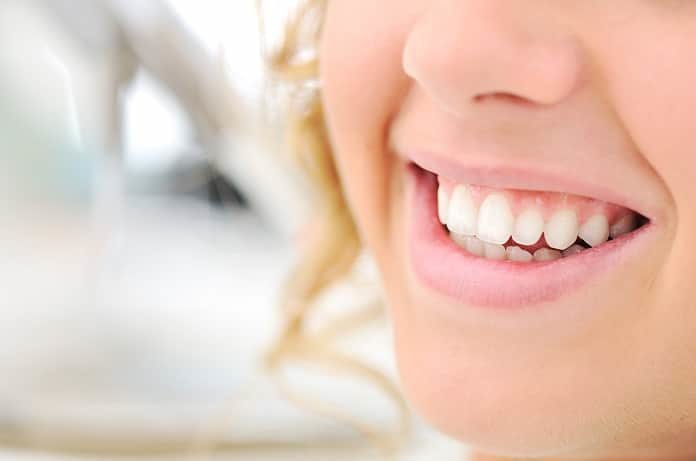A group from the University of Minnesota used computer animated simulation to gauge the perception of spatial and temporal characteristics of a smile. The results show that finding the recipe for a perfect smile involves a complex combination of factors.
Non-verbal communication is an integral part of human interaction. In fact, studies have shown that our perceptions about a stranger we encounter can be formed in less than one second based on a number of cues we observe in a person’s facial expressions. From an evolutionary and societal perspective, reading and interpreting expressions have given us the ability to make decisions based on the information we take in, for example attributing anger to a threat or trustworthiness to reliability. One of the most important of these expressions is the smile.
A person’s smile can communicate information about their demeanor, their mood, their honesty, their receptiveness to interaction and much more. There is no doubt about the significance of the smile as a means of communication in our social structure. Many individuals are deprived of the ability to smile due to accidents, trauma, strokes, neurological conditions, cancers and infections. In addition to the obvious physical limitations imposed by these occurrences, there are also a number of societal and psychological consequences for these people. The inability to communicate in this way can lead to depression and anxiety.
A current treatment offered for these individuals is called facial reanimation, in which surgery and rehabilitation are combined in the effort to restore expressive capacities. However, currently, there is no agreed upon definition of what constitutes the “perfect smile,” which could help doctors identify and focus on clinically relevant features. Most studies on the spatial characteristics of the smile have involved analyses on static expressions delivered by trained actors, but the temporal aspects of smiling have not been as thoroughly studied. In addition, even the best-trained actors are limited in how precisely they can control and modulate subtle physical aspects of a smile.
A group from the University of Minnesota has published a paper in PLoS ONE in which they explore the spatial and temporal characteristics which constitute the perfect smile. They developed a 3D computer-animated method which allowed them to manipulate individual characteristics of lip motion during a smile and defined three of those spatial characteristics as mouth angle, smile extent and dental show. From a temporal perspective, they created short animations to look at asymmetry by applying various delays to the progress of a smile from either side of the mouth.
In order to evaluate how combinations of these characteristics were perceived by the general public, they asked participants at the 2015 Minnesota State Fair to observe a number of these randomly sampled animations and still facial expressions. Participants were asked to rate the smiles using scales which measured the extent to which they were effective, conveying a certain emotion, genuine, and pleasant, in the colloquial sense of the words. A successful smile was defined as one that scored above-neutral results in effectiveness, genuineness and pleasantness. To determine what combination of parameters contributed to these results, the authors performed a series of statistical analyses on the data comprised of a nonparametric mixed-effects regression approach.
The results showed that both mouth angle and smile extent were important in positive perceptions. Contrary to the belief that “a bigger smile is always better” the authors found that a balance of these two characteristics produced more positive outcomes. Likewise, the amount of dental show was associated with either positive or negative effect, depending on the amount of angle-extent. For example, with low-angle extent smiles, showing teeth actually decreased smile quality, but for bigger smiles, dental show was rated as a positive factor. The clinical implications of this include the knowledge that individuals with limited facial movement could execute more successful smiles with a closed-mouth approach. Interestingly, the results concerning temporal asymmetry revealed that below the delay threshold of 125 ms, an asymmetric smile can actually elicit a positive response and convey a sense of unique character. However, over this threshold, the asymmetry was associated with a poorer quality smile.
One of the limitations of this study was that all of the data for the temporal analysis was taken from a single smile which was deemed to be the prototypical example for this case. Therefore, the extent to which asymmetry affects different combinations of spatial characteristics was not studied. In addition, the simulations of smiles were initially created by an interpolative blend approach of artist rendered-designs. Using 3D cameras to capture scans of real people smiling as inputs for the computer animations could lead to a more realistic simulation and relevant analysis. Overall, however, this fascinating study showed that a successful smile as judged by human perception involves a delicate balance of spatial and temporal characteristics. These important findings have applications in a variety of areas, such as facial reanimation surgery, rehabilitation, computer graphics, and psychology.
Written by Adriano Vissa, PhD Candidate
Helwig NE et al (2017). Dynamic properties of successful smiles. PLoS ONE. 12(6):e0179708



